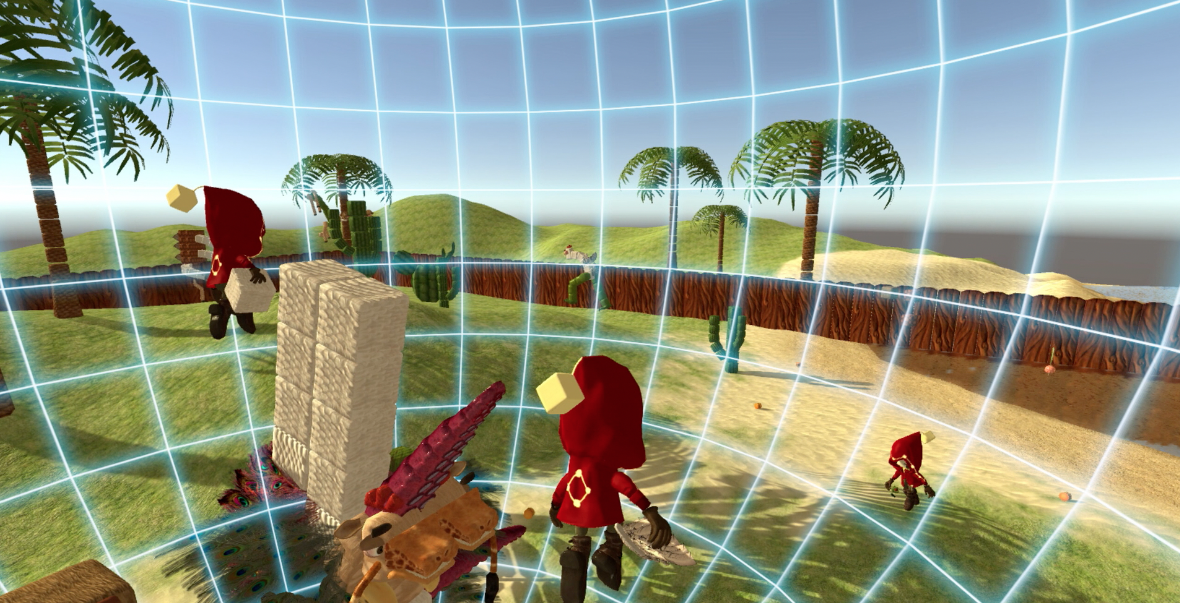
This, of course, is easy to remedy, but I try to keep a lot of paper in the game. Several tablets came with the game but after only two games, I already ran out of paper. It’s larger than necessary, but at least there is plenty of space to include the massive amount of paper I store in it. I usually tell people it’s all the funny parts of Balderdash, just with a riddle.Ģ.)Ĝomponents: The box is attractive and very sturdy. After every player has been the judge three times, the game ends, and the player with the most noun cards is the winner!Īfter those incredibly short rules, some comments on the game.ġ.) Rules: The game is extremely simple to play, and can be taught in less than a minute. The players (or perhaps only one player) who wrote the answers get one of the noun cards. The judge chooses whichever two answers he thinks are the funniest. The question is read aloud, and then the answers are read aloud. Once the time runs out, the pile is shuffled, and one player is chosen as a reader. The participants can write as many answers as time allows, piling them up in the middle of the table. ?”) Two noun cards are drawn to fill in the blanks, giving rise to questions such as, “Why does a bride always win a fight with a pair of combat boots?” A two-minute timer is flipped, and everyone except the judge immediately writes down answers to the random riddle. During each round, a question card is chosen from the box (examples include “What happened at the wedding of. One player is chosen to be a judge, and the first round begins. A box of cards is placed in the front of the table, divided into two sections: twenty question cards and three hundred noun cards. What I love about Why Did the Chicken is the fact that it encourages the writing of silly definitions, yet the laughter is just as loud and long as it was with Beyond Balderdash.Įach player is given a pad of paper and a pencil.

It doesn’t make much of a game however, because the one person who maintains some kind of serious demeanor ends up wiping the floor with the other players. This has produced extremely hilarious results, with uncontrollable laughter and a general good time.

Instead, everyone eventually writes definitions designed to make others laugh. When I get together with my family, we invariably play Balderdash, and our Balderdash games invariably deteriorate with no one caring who wins. Finally, I’ve found one - Why Did the Chicken (Play Again Games, 2004 - Kory Heath) - that has shot up to my number two party game and definitely one of the most fun games I’ve ever played.
CHKN THE GAME REVIEW CRACK
I have quite a few party games, but very few of them are good enough to crack my top three - Time’s Up, Beyond Balderdash, and Apples to Apples. I love party games, as they are versatile and can be used in group settings quite frequently, leading to some of the most fun moments I’ve ever had in gaming.


 0 kommentar(er)
0 kommentar(er)
